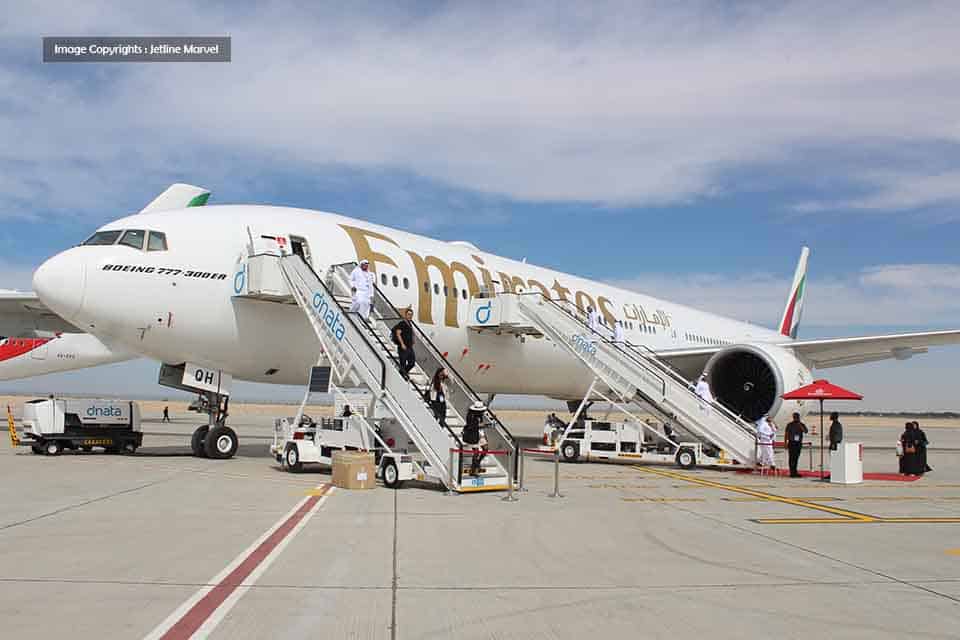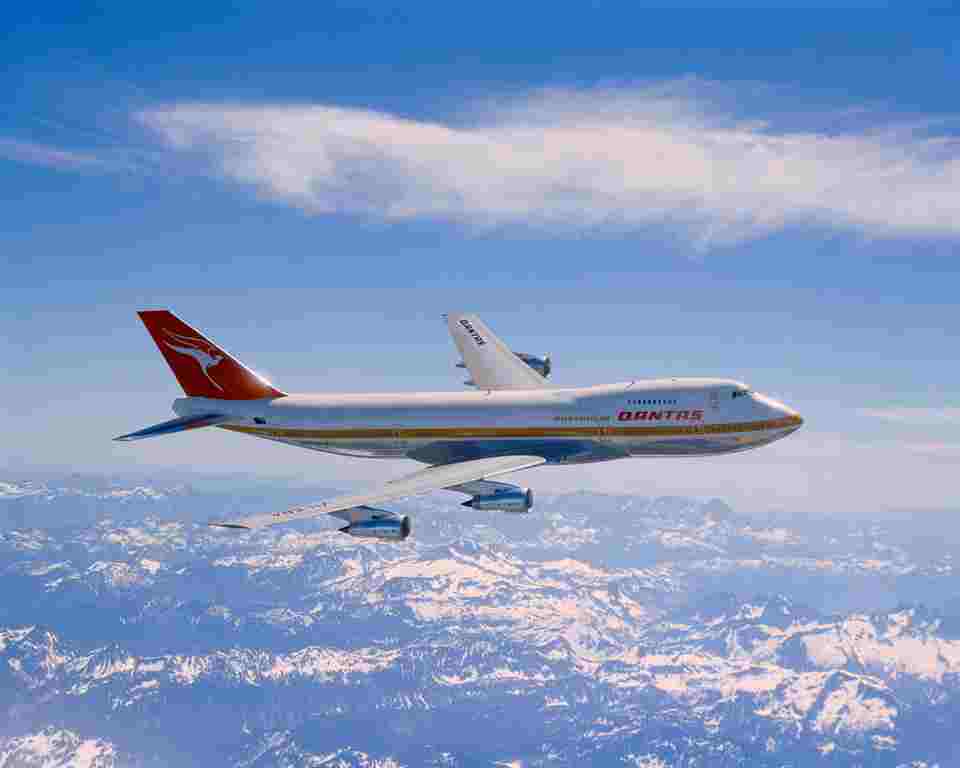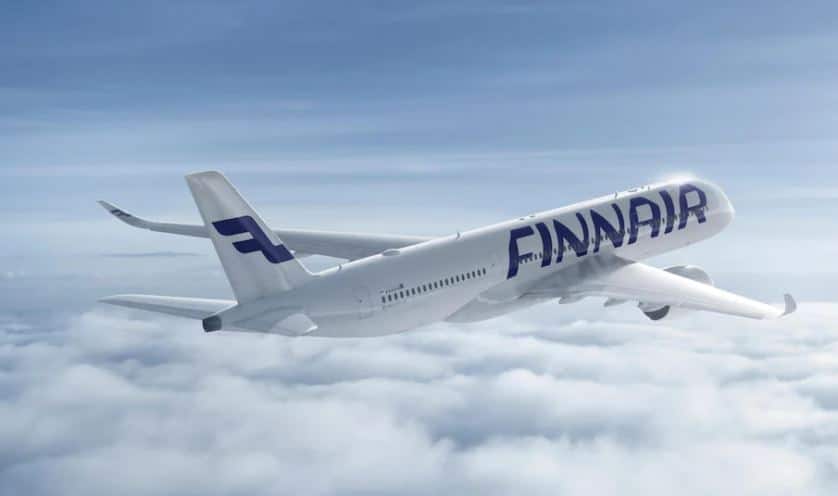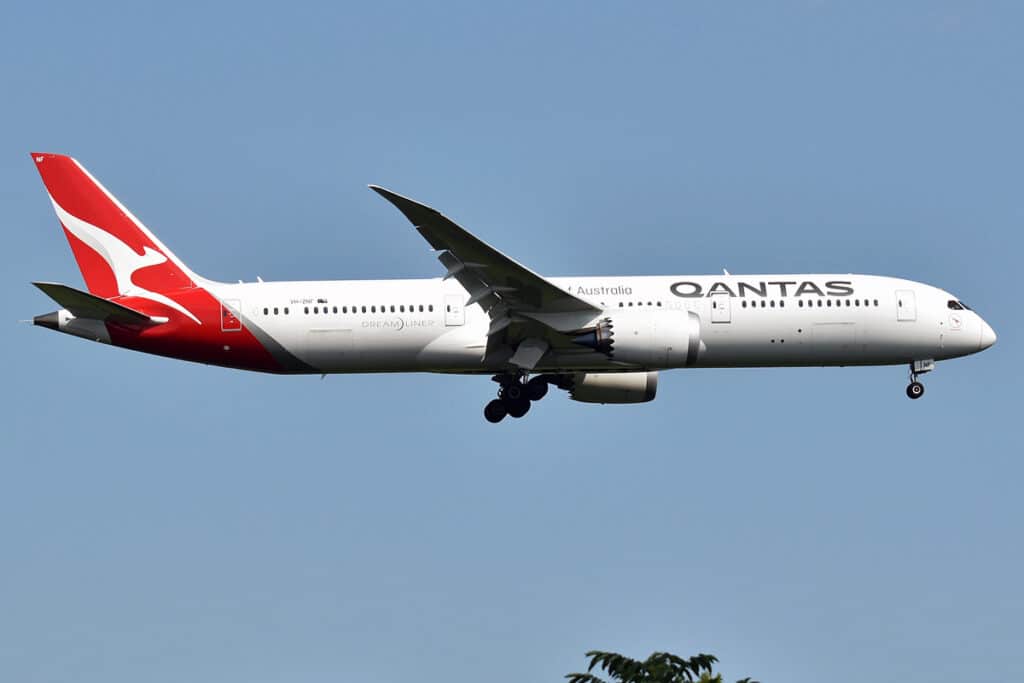Most Viewed ;
Why Did Emirates Plane Crash-Land In Dubai? Here’s The Pilots’ Version

New Delhi: When an Emirates flight from Thiruvananthapuram crash-landed at the Dubai airport last week, a sudden, powerful change in wind direction was a primary cause.
NDTV has exclusively accessed the “Event Summary” of the accident filed by the pilots of the Boeing 777, which spells out the details of the final moments before the plane crashed to a halt partly on its belly, one of its Rolls Royce engines having been torn off the wing of the jet.
Emirates ends 2017 on a high note reaching fleet and product milestones(Opens in a new browser tab)
There were nearly 300 passengers and crew on board, most of them from Kerala, who were evacuated seconds before the plane went up in flames.
The pilots write of deciding on a go-around – a routine procedure which involves a second attempt at landing.
“During flare, updraft caused the a/c [aircraft] to float till after the end of the touchdown zone, we decided to G/A [go around].” In other words, the gusting winds meant the pilots were unable to land the jet safely at the spot on the runway they had chosen. With the length of the runway running out, they opted to abort the landing for the “go around”.
It was here that things went disastrously wrong. Shear is a potentially hazardous condition involving sudden and unpredictable changes in wind direction or speed. Very often, wind shear conditions are impossible to detect by any systems even on modern aircraft.
The pilots write that initially, the go-around appeared to be working but then, “Speed dropped rapidly below the top of amber band due to W/S [wind shear]. W/S proc [wind shear procedure] was done, however the A/C [aircraft] crash landed on the RW [runway] and skidded off it to come to a complete stop off the R/W [runway] with fire and fumes covering the whole A/C [aircraft].”
Emirates Airline flight after it crash-landed at Dubai International Airport on August 3, 2016.
What it means is this: the aircraft seemed to be gaining altitude which is why the undercarriage (landing gear) was retracted. But then, the aircraft did not continue to climb away as expected because of wind shear conditions. Despite the pilots working a procedure to deal with this emergency situation, the Boeing 777’s air speed dropped rapidly, and the aircraft crashed and skidded off the runway before coming to a complete stop.

courtesy : www.jacdec.de
According to a senior Boeing 777 commander NDTV has spoken to, a pilot aborting a landing during wind shear conditions needs to apply full power to the two engines of the jet while raising the nose of the aircraft to 15 degrees or until such time as there is an in-cockpit warning indicating that the aircraft is in danger of stalling. In almost all cases, modern jetliners will easily break through wind shear conditions with this manoeuvre.
But instead, the two engines of the Emirates 777 were probably at their lowest power setting at the point of landing. Depending on the power setting of the engine, it could take between four and eight seconds for the giant Rolls Royce engines of the aircraft to rev up to maximum thrust, which would allow it to break free of the wind shear. By the time the engines likely did that, it was too late – the aircraft had already crashed.
The fact that the pilots chose to raise their undercarriage may have been the wrong decision because the process “can create tremendous drag,” drastically slowing down the process of the aircraft gaining speed and height.
When asked about what the pilots have documented, Emirates said, “The incident is currently being investigated by the relevant authorities, and Emirates is extending our full co-operation in this regard. We are unable to comment further.”
Courtesy : NDTV , India

Airlines
These are the 5 oldest airlines Still Operating in the World

The history of aviation is an exciting adventure formed by the pioneering efforts of several individuals and organizations. The world’s oldest airlines, which have played a vital role in establishing the global travel sector, are among these trailblazers.
In this article, we will explore the five oldest airlines still in operation today, highlighting their remarkable journeys and enduring legacies in the world of aviation.

1. Finnair:
Founded: November 1, 1923
Headquarters: Vantaa, Finland
Primary Hub(s): Helsinki Airport
Fleet Size: 84
Destinations: 132
As a pioneer in European aviation, Finnair, founded in 1923, Marked its remarkable centennial milestone on November 1, 2023. Being among the oldest airlines in Europe, Finnair has witnessed many changes over the past 100 years, going from a small regional airline with few routes to a global leader in both air travel and hospitality.
Finnair’s adaptability has been demonstrated by its ability to quickly adjust to recent geopolitical developments and continue providing clients with exceptional service in its distinctive Nordic manner, even as it expands its services to North America and Southeast Asia.

2. Qantas:
Founded: November 16, 1920
Headquarters: Mascot, Sydney, Australia
Primary Hub(s): Brisbane Airport, Melbourne Airport, and Sydney Airport
Fleet Size: 130
Destinations: 85
Qantas is Australia’s flag carrier and the country’s and Oceania’s largest airline in terms of fleet size, overseas flights, and international destinations. It is the second-oldest airline still in operation.
Australian carrier Qantas holds its name among the oldest airlines in the world, with its foundations dating back to November 1920. Recently On November 16, 2020, QANTAS celebrated its remarkable centenary.
3. KLM Royal Dutuch Airlines
Founded: October 7, 1919
Headquarters: Amstelveen, North Holland, Netherlands
Primary Hub(s): Amstelveen, North Holland, Netherlands
Fleet Size: 116
Destinations: 145
KLM, officially known as KLM Royal Dutch Airlines, is the world’s oldest airline that is still in operation under its original name. On October 7, 1919, the company was founded. Four years ago, On 07 October 2019, KLM celebrated its remarkable centenary. As an airline from the beginning of the 20th century, it survived World War II and is currently part of the Air France-KLM company.
4. Aeroflot
Founded: February 3, 1923
Headquarters: Moscow, Russia
Primary Hub(s): Sheremetyevo International Airport
Fleet Size: 247
Destinations: 146
Aeroflot is Russia’s national carrier and largest airline. It is also Eastern Europe’s oldest airline, having been founded in early 1923. DOBOROLET, or The Russian Society for Voluntary Air Fleet, was the airline’s original name.
Aeroflot concentrated on foreign routes out of Moscow when the airline was separated into several enterprises. In celebration of its 100th anniversary in 2023, Russian airline Aeroflot (SU) recently began a series of retro-style flights, transporting customers on a nostalgic journey through time.
5. Avianca
Founded: December 5, 1919
Headquarters: Bogotá, Colombia
Primary Hub(s): El Dorado International Airport and San Óscar Arnulfo Romero International Airport (Avianca El Salvador)
Fleet Size: 102
Destinations: 114
On December 5, 2019, Avianca commemorated its 100th anniversary. The airline was founded in late 1919, according to its history. After acquiring a number of airlines in nearby nations, Avianca has grown to become one of Latin America’s biggest airline groups, with a fleet of over 130 aircraft and a network of subsidiaries covering almost the entire continent.
-

 Aviation2 months ago
Aviation2 months agoMicrosoft Flight Simulator Raises $3 Million to Bring Back the An-225 Mriya
-

 Airlines2 months ago
Airlines2 months agoQatar Citizens Can Travel to the United States Without a Visa
-

 Aviation2 months ago
Aviation2 months agoQatar Airways bans these new Electronic Devices on plane
-

 Airlines2 months ago
Airlines2 months agoJapan Airlines Rolls Out Free Domestic Flights to International Passengers
-

 Defence2 months ago
Defence2 months agoWhich Country Has the Largest Fleet of Fighter Aircraft?
-

 Airport2 months ago
Airport2 months agoWestern Sydney Airport Welcomes Its First Plane After 6 Years of construction
-

 Travel2 months ago
Travel2 months agoQatar Airways Launches Four Additional Flights from Amsterdam
-

 Aviation2 months ago
Aviation2 months agoDid you know ? Once Boeing 747 carried 1088 passenger in 1991








